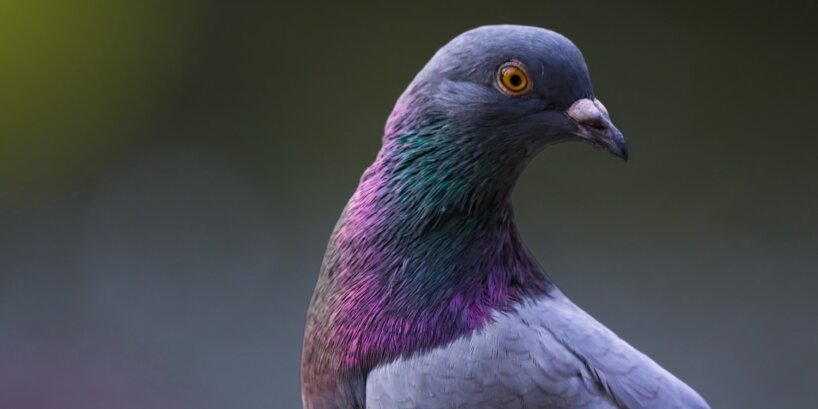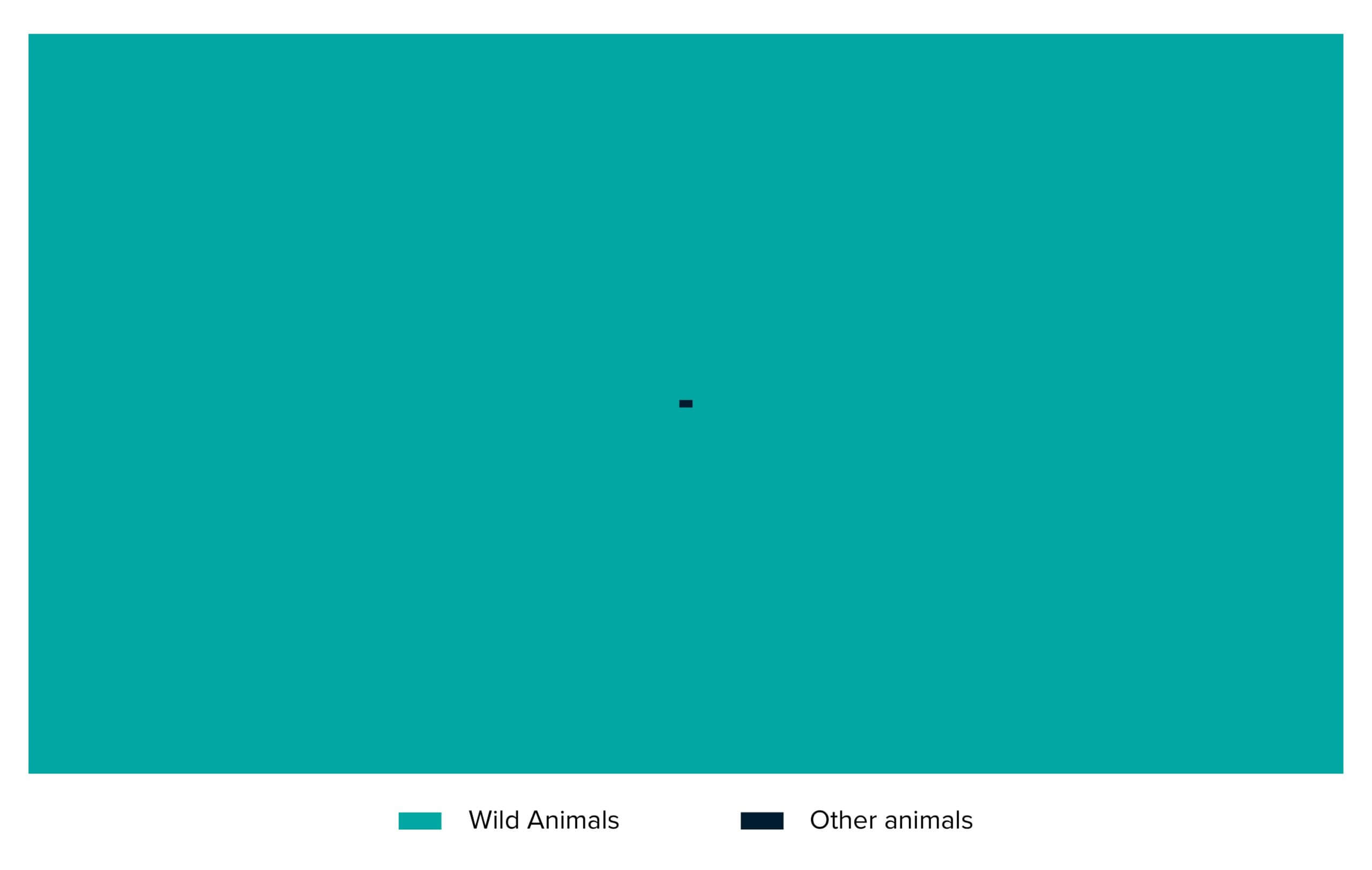Why Wild Animals?

From the depths of the ocean to the modern city streets, the majority of Earth’s animals are wild. Most organizations that help wild animals focus on conserving species rather than improving individual animals’ quality of life, which is often poor. By raising awareness of their plight and finding new ways to improve their lives, we can significantly reduce the suffering of wild animals, both in their natural environments and on our streets.
How Many Wild Animals Exist?
The number of wild animals far exceeds the combined number of humans, farmed animals, companion animals, and animals in laboratories. Unfortunately, many wild animals—possibly the vast majority—live very short lives and experience painful deaths.1
Considering the number of animals within different groups can be helpful for prioritizing where resources should be directed, but it is not the only relevant factor for prioritization. Other important factors include the degree to which different species are sentient and the amount of suffering they endure in their lives. This means that we don’t necessarily believe that resources in the animal advocacy movement should be distributed according to how numerous each group is.
Table 1: Animal groups as a percentage of the estimated world population
| Animal groups2 | Estimated world population | % |
| Animals used in labs | ~192 million3 | 0.00002% |
| Companion animals (dogs + cats) | ~844 million4 | 0.00008% |
| Farmed animals (including fishes) | ~112 billion5, 6, 7 | 0.01% |
| Wild animals | ~10^158 | 99.9% |
| Total | ~10^15 | 100% |
Fig. 1: Number of wild animals compared to other animals

Most organizations that focus on wild animals seem to be concerned with biodiversity conservation rather than wild animal welfare. We know of only a handful of charities that primarily focus on improving wild animal welfare. Their total global funding is estimated to be less than $10 million per year9—a tiny amount relative to other cause areas; e.g., $200 million goes toward farmed animal welfare each year.10 We hope to see more charities working to improve wild animal welfare in the near future.
The lack of evidence for the effectiveness of strategies to improve wild animal welfare is partially due to the complexity of natural ecosystems and the difficulty of measuring the impacts of interventions in the wild.11 Due to this limitation, we believe that: (i) research is a promising way to help wild animals because it can inform decisions about which strategies to pursue, and (ii) we should also prioritize farmed animal welfare because it is a more solvable cause area, involves a large number of animals, and receives little funding compared to other causes. We acknowledge that improving wild animal welfare may be riskier than other causes because of the high level of uncertainty involved, but its potential positive impact is also high.
Donate
ACE currently recommends several charities that focus on reducing wild animal suffering through a variety of impactful interventions. Please consider donating to our Recommended Charity Fund.
These estimates only include vertebrates, i.e., mammals, birds, reptiles, amphibians and fishes, because of the generalized lack of data regarding invertebrates.
These numbers reflect estimates of the number of animals alive at any given point in time. The data on numbers of animals killed per year indicate much higher numbers of animals. Total estimate of the number of animals killed for food each year = 207.3 billion (83.3 billion land animals and 124 billion farmed fishes). This is because some farmed animals, like chickens, are killed for food at just seven weeks old, so there are multiple lifecycles of chickens raised and slaughtered each year.